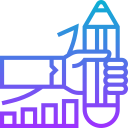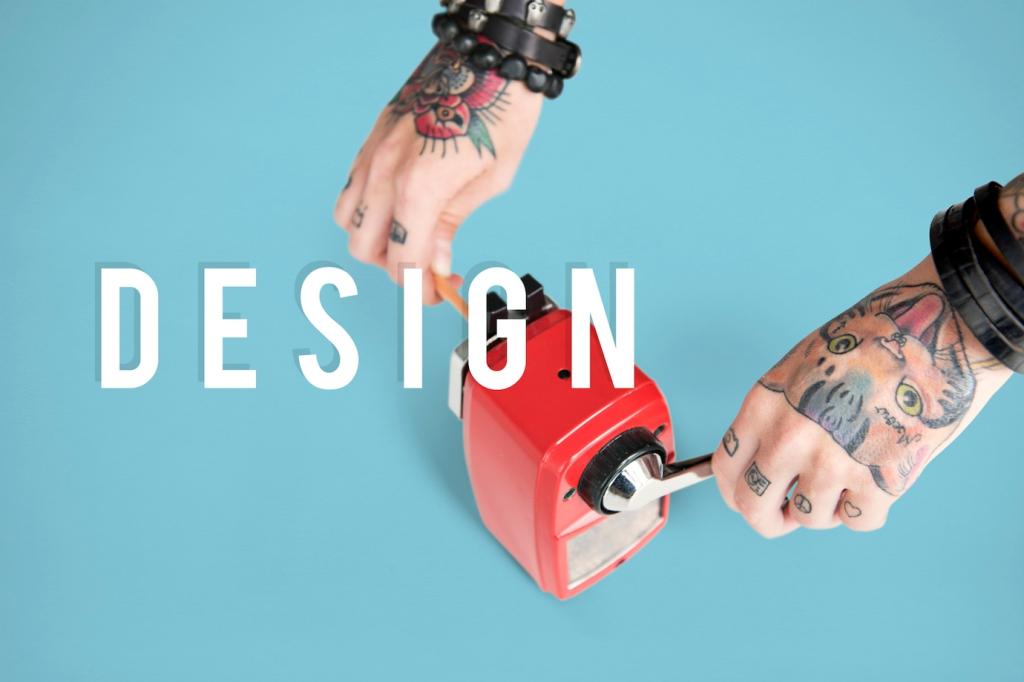Network and Mentorship That Actually Moves You Forward
Balance peers for camaraderie, catalysts who amplify your work, and mentors who stretch your perspective. Luis hosted a monthly mini salon with product, engineering, and research friends, and secured two warm referrals within a quarter. Invite two people from different disciplines to your first salon this month.
Network and Mentorship That Actually Moves You Forward
Skip generic advice requests and ask about current challenges, decision criteria, and how their team evaluates seniority. Offer a concrete value exchange, like a teardown, competitive scan, or a design system snippet. End with a specific next step and timeline so the conversation becomes a relationship rather than a transaction.
Network and Mentorship That Actually Moves You Forward
Propose mentorship with a clear goal, meeting cadence, and finish line. Aisha offered reverse mentorship on design tokens and received guidance on stakeholder influence in return, accelerating both careers. Post the skill you can teach and the skill you want to learn to find your match here.
Network and Mentorship That Actually Moves You Forward
Lorem ipsum dolor sit amet, consectetur adipiscing elit. Ut elit tellus, luctus nec ullamcorper mattis, pulvinar dapibus leo.



